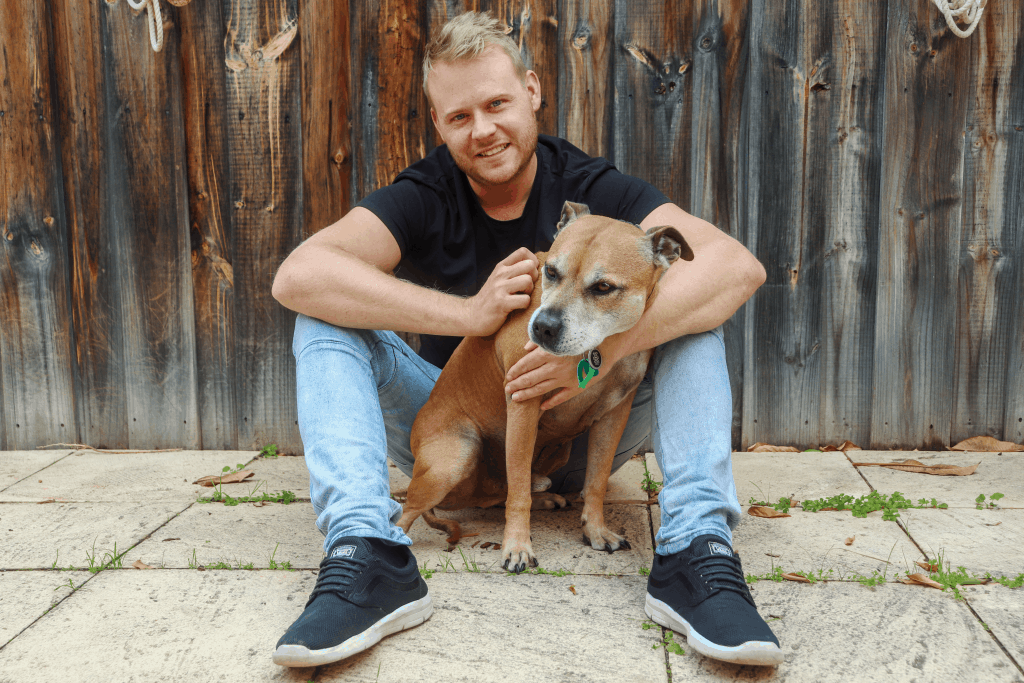You made an investment. It went better than you thought. Now you want to sell out and take profits but are scared of the big tax bill lurking around the corner if you do? Luckily there some strategies you can implement to help minimise capital gains tax.
In this article we are going to consider six different strategies you can implement to help minimise your capital gains tax. If you are considering implementing any of these strategies, we strongly suggest you speak with your accountant first.
What is capital gains tax?
If you buy an asset and it goes up in value, you will have made a capital gain. The amount of gain is the difference between what you purchased the asset for (the cost base) and what it is currently worth (market value).
If you sell that asset, you are said to have ‘realised’ the gain, and the Australian Taxation Office (ATO) require you to pay tax on the profit. This gain forms part of your assessable income and the tax you pay on it is your capital gains tax. The higher your assessable income, the more tax you pay as we have an increasing marginal tax rate in Australia.
Please see our Income Tax Calculator if you want to estimate the tax payable on a realised gain.
There are number of strategies that you can deploy in order to minimise capital gains tax. These strategies all work by reducing your assessable income (or the assessable gain) so you pay less tax. Let’s jump into the strategies now.
Structure your assets tax effectively
One of the best ways to reduce capital gains tax is to plan for it before you invest. You should always structure your investments appropriately, whether that be investing in your personal name (using marginal tax rates) or investing through a structure like a company, family trust, investment bond or super.
If you are reading this, it probably means that you have already made the investment and are either on the cusp of selling it down or have already sold it. In this instance, unfortunately the opportunity to structure your assets appropriately has already passed.
Given this, let’s focus on what you can do assuming you have already made a purchase in your own name.
Increase the cost base
As we mentioned earlier, the cost base of your asset is what you paid for it. However, there are certain items that can be added to the cost base to make it higher. The higher the cost base, the lower the realised gain.
This is not to suggest that you should deliberately spend more money in order to increase the cost base. That would be counterproductive to wealth creation. However, you do need to consider what expenses have already been incurred, ensuring you are not paying more tax than you have to.
Some examples of items that can increase the cost base include the following:
- Costs incurred to acquire the asset such as legal fees and stamp duty for property, or brokerage costs for shares;
- Costs incurred to sell the asset such as agents commissions for property and brokerage (again) for shares;
- Costs to maintain the assets. If you haven’t claimed the maintenance costs already as an expense, these could potentially be added to the cost base. An example of this might be interest payable on a loan for a block of land which produced no income; and
- Costs incurred to improve the asset such as renovations on an investment property. Some or all of this cost may have already been claimed through a depreciation schedule.
Making sure the cost base is as high as it can be is crucial. It is important you always maintain accurate records to justify your cost base.
Hold the asset for a minimum of 12 months
One of the most obvious things you can do is hold the asset for a minimum of 12 months to access the 50% general discount. This will essentially halve the amount of assessable gain.
For example, if you purchased an investment for $100,000 and sell it for $110,000, you have made a $10,000 capital gain. If you haven’t held the asset for 12 months, you will be assessed on the full $10,000 gain. However, if you have held that asset for at least 12 months, the general discount will kick in, reducing the gain by 50% and therefore your assessable gain will only be $5,000.
Before selling down an asset, check to see if you have met the 12-month qualifying period. If you haven’t, in some instances it might be worthwhile holding onto the asset a little longer to access the discount – provided you don’t think the price will tank of course!
Tax-loss harvesting
A capital gain can be offset by a capital loss. This means if you have sold an investment for less than what you paid for it, the loss on that investment can be used to reduce the gain on a different investment.
The process of tax-loss harvesting involves reviewing all your investments and selling out those that have made a loss to offset some of your gains.
It should go without saying that you are only going to sell out of an investment at a loss if you believe the investment is unlikely to recover, or if you have a better opportunity for the capital. You can’t sell out of the asset, realise the capital loss, then purchase it back again (realising the loss and resetting the cost base) as this is known as a wash-sale and considered tax avoidance.
Timing of sale
A capital gain will be taxed in the year that it is realised. Given this, it can be beneficial to plan which financial year you realise the gain.
For example, if you have a cracking year financially, earning lots of assessable income from work or other investments, then it might be worthwhile realising the gain in a future financial year. You would choose a year in which your marginal tax rate is lower.
For people on the cusp of retirement, this can be a great strategy. For example, if you want to sell an investment property to switch into more liquid assets for your retirement, you may want to hold off on the sale until after you retire and you have no more earned income. Just bear in mind, if you intend to use the proceeds to contribute to super, your working status might be important here.
Timing of sale can also be a great strategy for self-employed people who either have very variable income or have the ability to retain earnings in a company to minimise their marginal tax rate.
Personal deductible contribution to superannuation
One of my personal favourite ways to minimise your capital gains tax is to offset the gain with a personal deductible contribution into your super.
Subject to certain eligibility requirements, you may be able to contribute money into your super as a concessional contribution and claim a tax deduction by lodging a notice of intention to claim form. This tax deduction will reduce your assessable income and therefore reduce the tax payable on your capital gain.
Just be aware, there are cap limits on how much you can contribute to your super each financial year. In the 2024/25 year, the concessional cap limit is $30,000. You may also have unused carry-forward concessional contributions to utilise.
Super is the only structure that will give you a tax deduction for investing for yourself which is why I like this strategy so much. The downside being, you won’t be able to access that money until you meet a condition of release which, for most of us, is obtaining age 60 and retiring.
Final thoughts
Hopefully this gives you an overview of some ways in which you can minimise your capital gains tax liability. If it is a business you are selling, then you may be eligible for the small business CGT discounts but that is a whole new topic for a different day.
Just remember, while it is good to reduce tax (legally) where you can, tax considerations are a byproduct of investing. The purpose of an investment should always be to increase your net asset position and if you have to pay some tax in order to do that then so be it.
In a perfect world, you would be planning for your CGT implications even before you make an investment.






